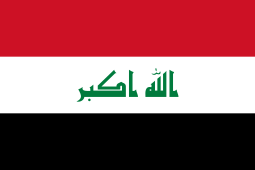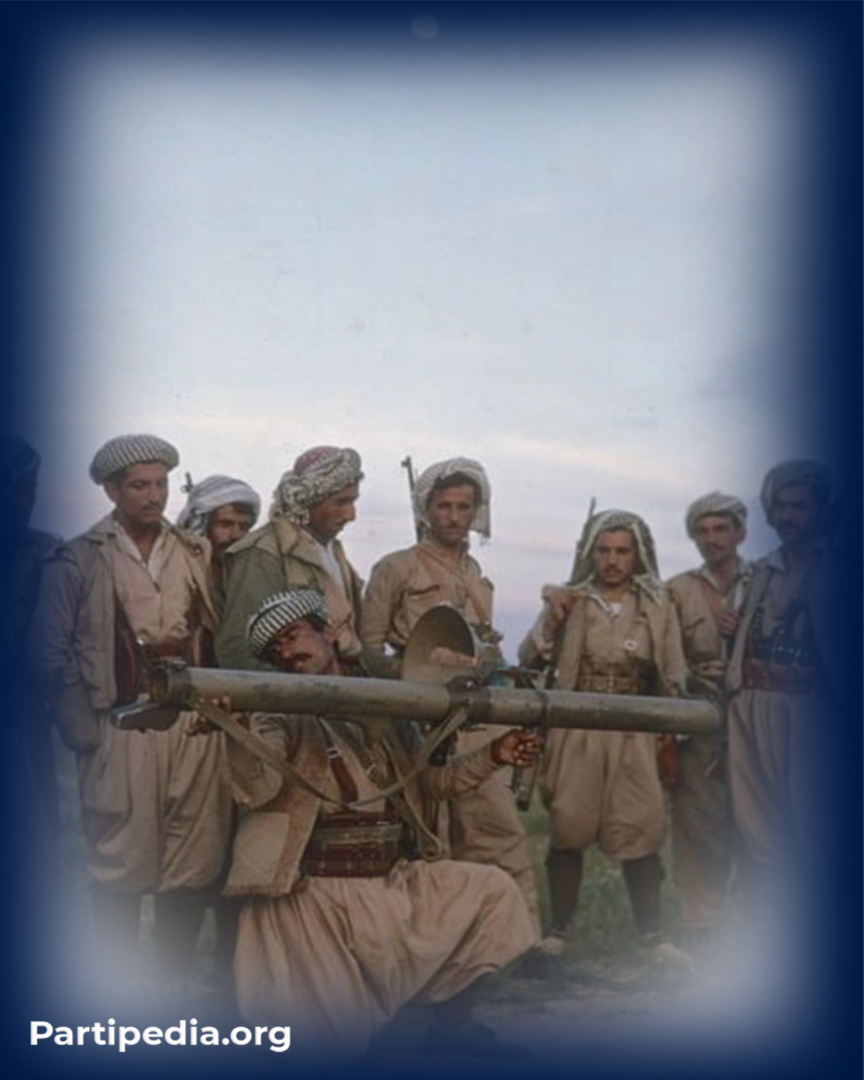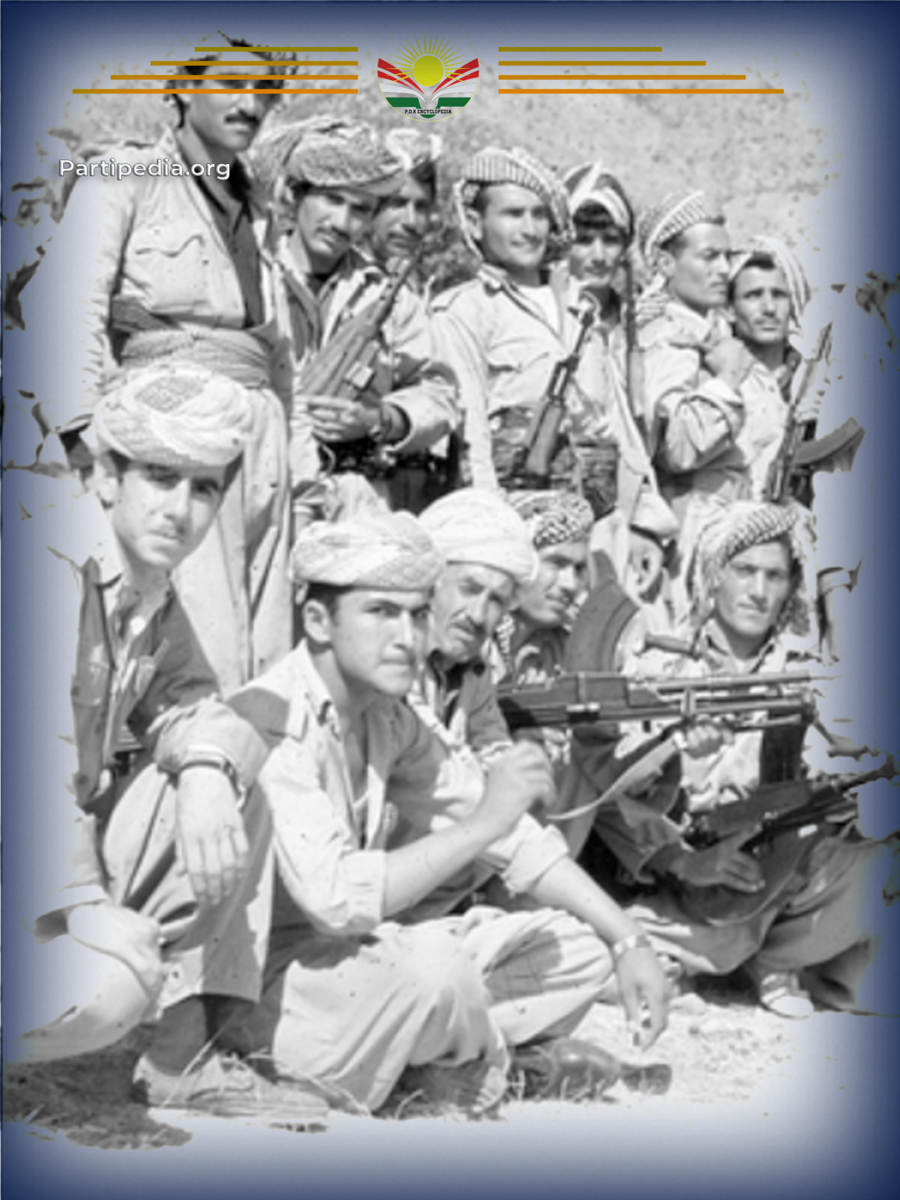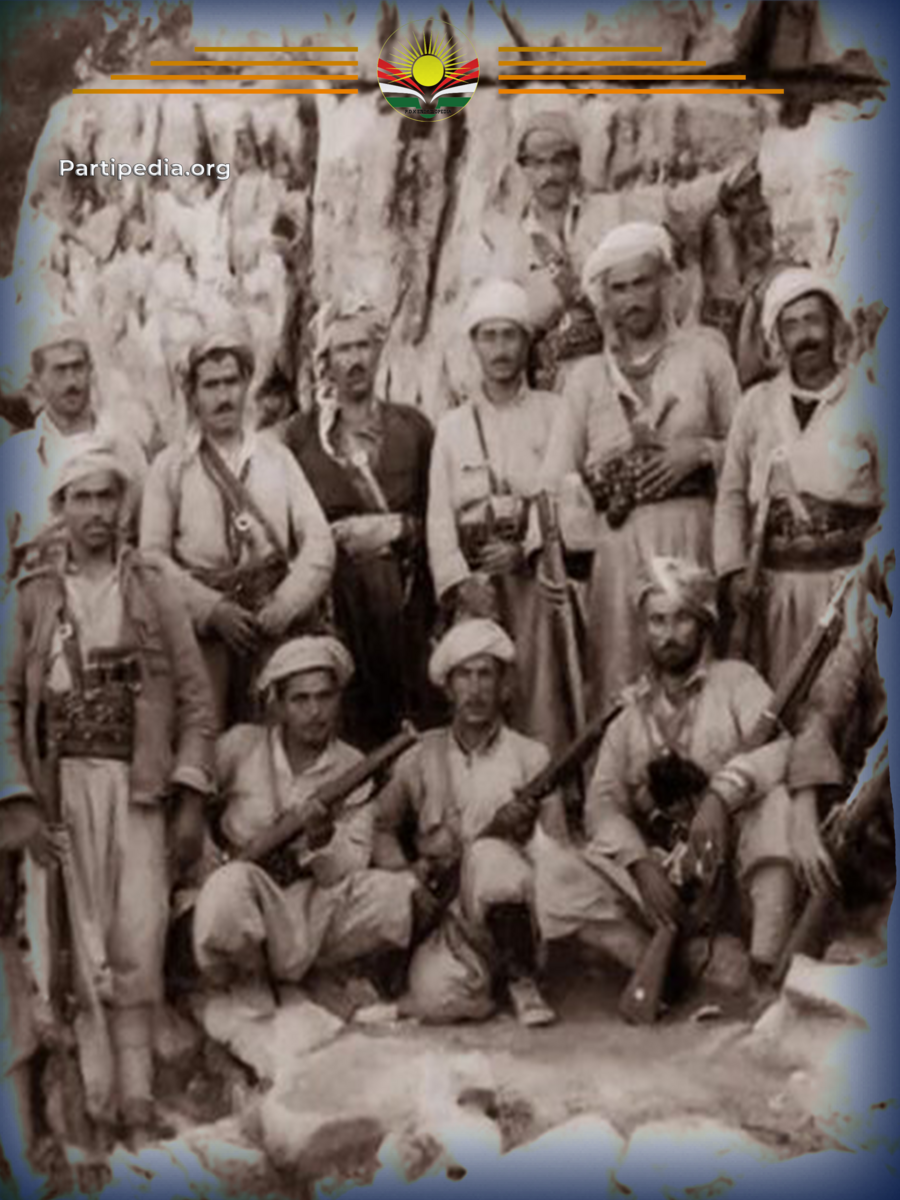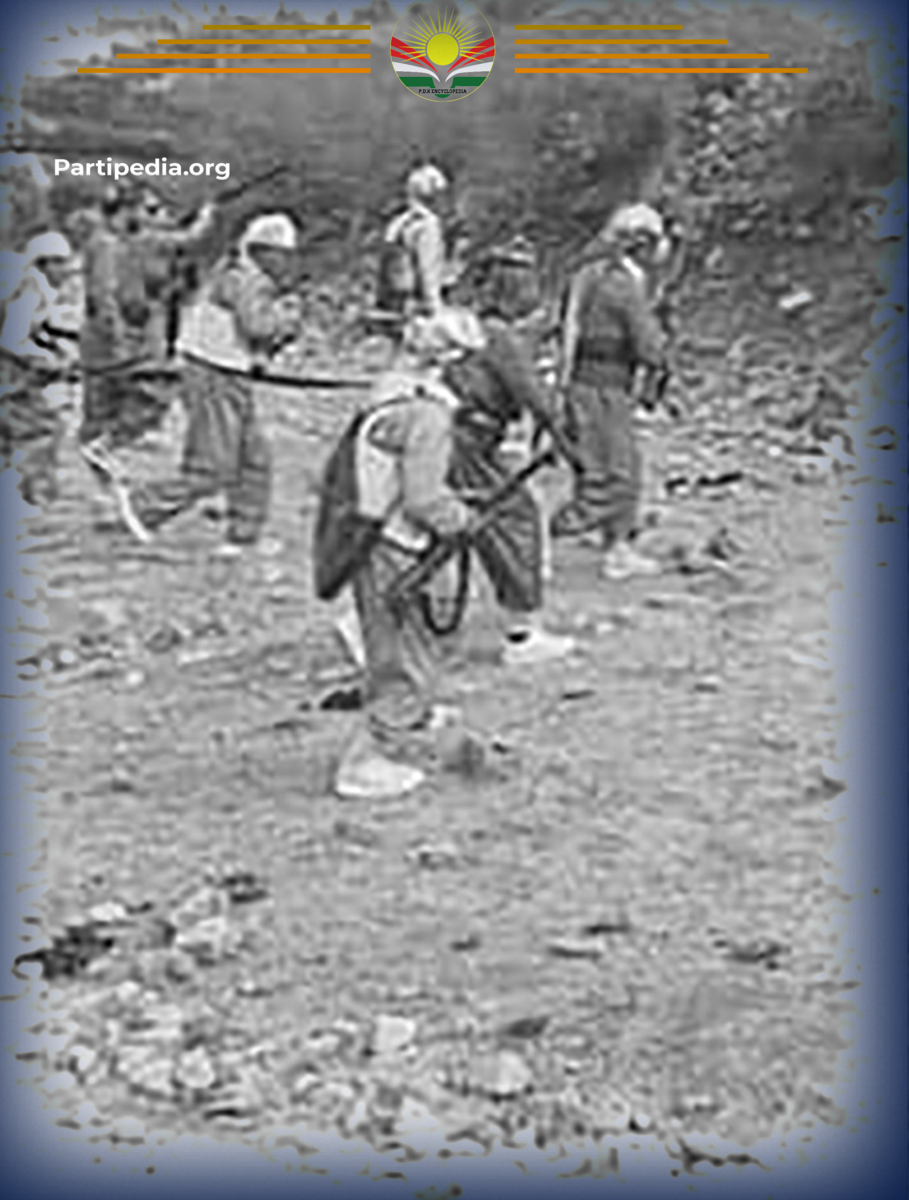After the October 11, 1976, attack by Peshmerga forces on Bngird district, the government employed helicopters to closely monitor the movements of the Peshmerga in and around the area. Following extensive preparations, on December 25, 1976, the government forces initiated their advance, reaching the village of Sedar. In response, the Peshmerga forces of the interim leadership, under the command of Kamal Kirkuki, moved toward Sedar to defend the village from the advancing army. Upon reaching the heights of Zakaria, the Peshmerga forces discovered that the government had already begun its assault on Sedar. Acting swiftly, the Peshmerga descended and strategically divided their forces into two axes.
Faqe Ismail and Lieutenant Hassan Khoshnaw were assigned to the Sedar axis, while Salih Awazai, Sheikh Hussein Loter, and Bayaz Abdullah joined a 35-member detachment led by Kamal Kirkuki and Nasruddin Mustafa to move toward Sharsten village. There, they engaged in intense clashes with the government forces. Meanwhile, the regime's army launched a coordinated attack on the Peshmerga forces in Sharsten from two additional directions originating from Dukan.
On the morning of December 26, 1976, heavy fighting erupted between the two sides. Despite the Peshmerga’s courage, resilience, and tactical ingenuity, the imbalance in weaponry and military supplies forced them to retreat. Nonetheless, the Peshmerga inflicted significant damage on the government forces. During the battle, the regime army reportedly lost around 100 soldiers, with some sources indicating 163 fatalities, and a helicopter was successfully shot down. On the Peshmerga side, there were between 7 and 9 martyrs and 9 wounded, including the commander Kamal Kirkuki and Nasruddin Mustafa, the deputy head of the region.
The regime’s assault on Sharsten village was ruthless and indiscriminate. Civilians were beaten, and the village was burned and destroyed. Tragically, nine civilians, including women and children aged between four and eighty, were martyred, and 32 others were injured. Additionally, approximately 100 innocent men, women, and children were taken hostage by the regime’s forces and sent to prisons. After the battle concluded, the wounded and displaced were transferred to the village of Khurkhura, where they were warmly received and cared for by the local villagers, who provided them with shelter and assistance.
Source:
1.kdp Encyclopedia Archive.

